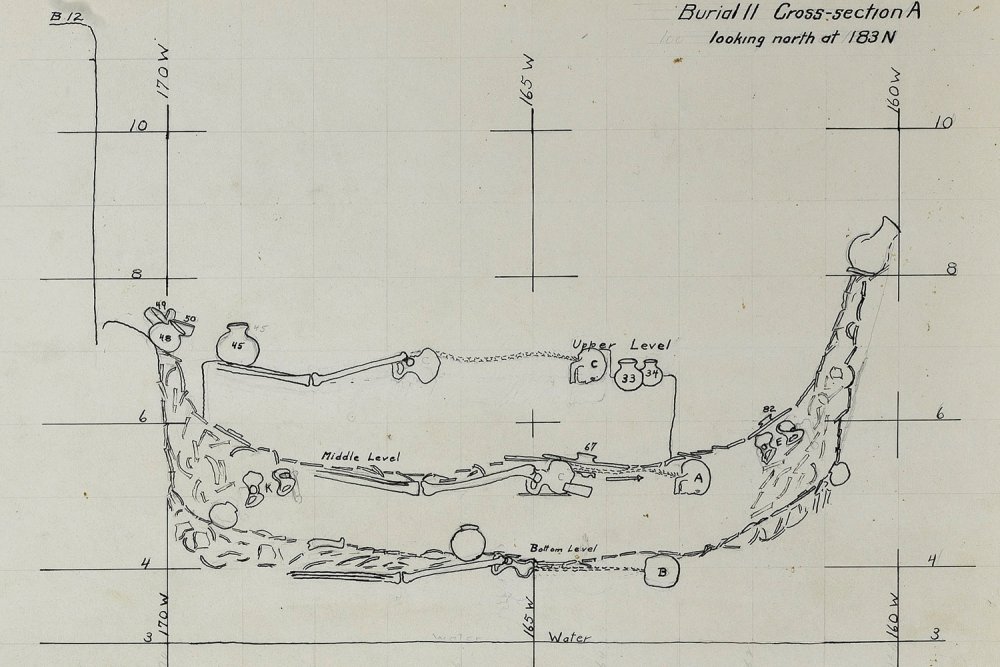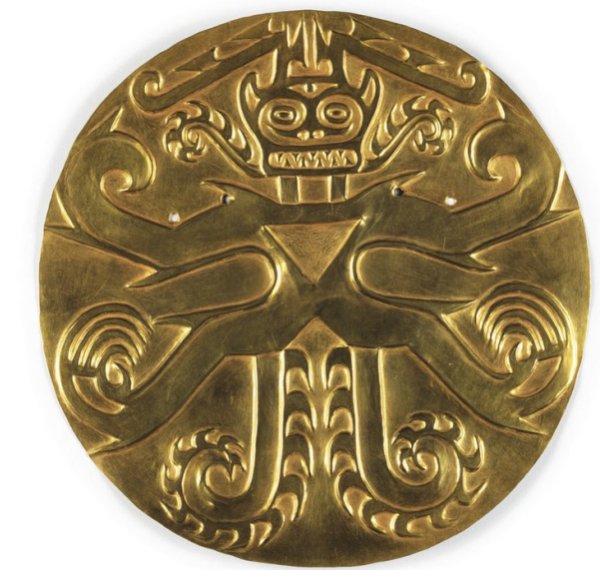Mysterious Sophisticated Gran Coclé Culture Reveals Its Ancient Secrets
Ellen Lloyd – AncientPages.com – The Gran Coclé culture emerged in what is now the Panamanian province of Coclé, near the Santa Marta River. There is extraordinary archaeological evidence the Coclé were a sophisticated Pre-Columbian people, and excavations have revealed some of this ancient culture's secrets.
The influence of Coclé ceramics extended throughout most of the Panamanian isthmus and took the form of spiral decorations and colors typical of this tradition.
Credit: Penn Museum
For more than a thousand years, a cemetery on the banks of the Rio Grande Coclé in Panama lay undisturbed, escaping the attention of gold seekers and looters.
Their gold artifacts reached as far as Chichen Itza and other parts of Central and South America.
Between 1515 and 1520, the Spanish fought with the chieftains of Panama over gold, destroying the social and political foundation of Coclé culture.
In 1940, a Penn Museum team led by archaeologist J. Alden Mason excavated at the cemetery, unearthing spectacular finds. The science team found large golden plaques and pendants with animal-human motifs, precious and semi-precious stone, ivory, animal bone ornaments, and tons of detail-rich painted ceramics.
The Coclé culture made alloys of copper and gold (tumbaga), sometimes adding a small amount of silver. They sometimes gilded the metal objects they made to increase their golden luster.
Amazing objects - intricate gold chest plaques, beaded necklaces, finely carved pendants, painted ceramic pots, bowls, and plates - excavated from the grave of a Coclé Paramount Chief.
This Pre-Columbian culture did not have access to any advanced tools, and they worked metals by hammering without heat, mainly making chest covers and helmets bearing a variety of decorations. They also practiced metal casting using the lost wax technique in order to make three-dimensional figures, and covered artifacts made of wood or bone with gold, silver, or copper leaf. Bone - mainly of deer or peccary was used to make figurines and flutes, and the decorations on these pieces depict other technologies they knew of, such as the atlatl or spear-thrower for hunting.
Astonished when they excavated one massive burial – named Burial 11 that was believed to belong to a Paramount Chief. Inside the huge burial were extraordinary materials together with 23 individuals in three distinct layers, accompanied by a vast array of grave objects.
"This ruler and his ancestors had subdued a majority of the natives in the vicinity. Graves of another type were of greater size and age. They contained two bodies, male and female, buried in an extended position, characteristically face downward, head to the northeast, and arms flexed. Jewelry of stone, bone copper, or gold had been placed with the dead, as well as 30 or 40 pottery vessels, tools, weapons, and fabrics.
This object was found among many other golden pendants, arm cuffs, and plaques, exquisitely crafted and worthy of a great warrior.
All evidence now available indicates that Coclé culture was of late date, that is to say, it flourished in the centuries just before the arrival of the Spaniards. "
View the burial as never seen before: through a to-scale installation highlighting a vast array of grave goods as they were found.
The Coclé culture was artistic and produced beautiful designs that are "noteworthy for their balance and vigorous curved lines. Like most New World art, the patterns are largely derived from life forms, conventionalized at times recognition.
It is generally agreed that most aboriginal processes and alloys used in metalworking were invented in Peru and Bolivia and then spread north and south. Coclé metal objects are linked to Peru both in technique and design but are more closely connected with the Quimbaya and Sinú regions in Colombia whence many articles came in trade. While it is possible to point out connections between Coclé and other cultures, the quality of Coclé art must be regarded as purely local development, ranking among the foremost in indigenous America. 1
Gold Plaque, Sitio Conte, Panama, ca. 700-900 CE. Photo: Penn Museum
The Coclé culture still remains mysterious, but archaeologists, physical anthropologists, art historians, and other specialists are drawing on the materials they have excavated to tell more about this culture's ancient history, traditions and customs.
The rich iconography, sophisticated gold working technologies, and craftsmanship, exacting placement of bodies and materials in the burials offer clues about the world view, artistic style, and social hierarchy of the Coclé.
The art and artifacts uncovered from Burial 11 and throughout the Sitio Conte cemetery were rich in cultural meaning and practical value and provide us with valuable information about Pre-Columbian civilizations.
Updated on March 19, 2022
Written by Ellen Lloyd – AncientPages.com
Copyright © AncientPages.com All rights reserved. This material may not be published, broadcast, rewritten or redistributed in whole or part without the express written permission of AncientPages.com
Expand for references- Lothrop, S. K. "Archaeological Investigation in the Province of Coclé, Panamá." American Journal of Archaeology38, no. 2 (1934): 207-11. Accessed March 7, 2020. doi:10.2307/498075.
More From Ancient Pages
-
 Leprechaun: One Of The Most Famous And Powerful Creatures Of The Irish Faerie Folk
Celtic Mythology | May 8, 2016
Leprechaun: One Of The Most Famous And Powerful Creatures Of The Irish Faerie Folk
Celtic Mythology | May 8, 2016 -
 Amazing Margate Shell Grotto – Kent’s Greatest Mystery
Featured Stories | Jun 10, 2014
Amazing Margate Shell Grotto – Kent’s Greatest Mystery
Featured Stories | Jun 10, 2014 -
 Knights Templar’s Legendary Sword In Stone In Terminillo Mysteriously Disappeared – Where Is It Hidden?
Featured Stories | May 3, 2021
Knights Templar’s Legendary Sword In Stone In Terminillo Mysteriously Disappeared – Where Is It Hidden?
Featured Stories | May 3, 2021 -
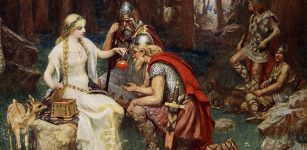 The Golden Apple Myth And Norse Goddess Idun
Featured Stories | Jan 2, 2016
The Golden Apple Myth And Norse Goddess Idun
Featured Stories | Jan 2, 2016 -
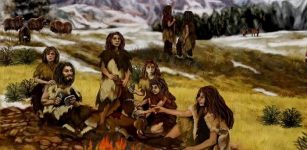 Philippine Ayta People Have The Highest Level Of Denisovan DNA – New Study
Archaeology | Aug 12, 2021
Philippine Ayta People Have The Highest Level Of Denisovan DNA – New Study
Archaeology | Aug 12, 2021 -
 A 2,500-Year-Old Planned City In Tarighat, Chhattisgarh, India
Civilizations | Oct 8, 2014
A 2,500-Year-Old Planned City In Tarighat, Chhattisgarh, India
Civilizations | Oct 8, 2014 -
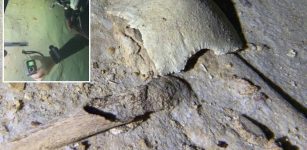 8,000 Year-Old Human Skeleton Discovered By Cave Divers Near Tulum, Mexico
Archaeology | Sep 15, 2022
8,000 Year-Old Human Skeleton Discovered By Cave Divers Near Tulum, Mexico
Archaeology | Sep 15, 2022 -
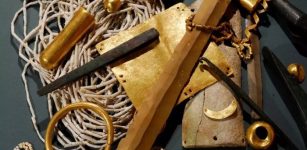 DNA Evidence For Early Contact Between Farmers And Pastoralists In Black Sea Region
Archaeology | Jul 20, 2023
DNA Evidence For Early Contact Between Farmers And Pastoralists In Black Sea Region
Archaeology | Jul 20, 2023 -
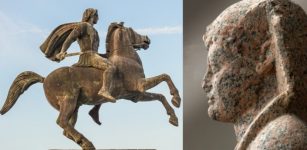 Alexander The Great Was Crowned Pharaoh And Declared Son Of God Amun
Ancient History Facts | Jan 4, 2019
Alexander The Great Was Crowned Pharaoh And Declared Son Of God Amun
Ancient History Facts | Jan 4, 2019 -
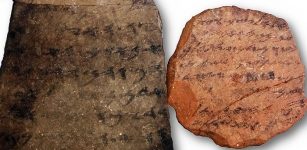 Widespread Literacy In Biblical-Period Kingdom Of Judah – Study Confirms
Archaeology | Sep 11, 2020
Widespread Literacy In Biblical-Period Kingdom Of Judah – Study Confirms
Archaeology | Sep 11, 2020 -
 Ancient Fossil Found In Sahara Suggests Loch Ness Monster Could Be Real
Archaeology | Jul 27, 2022
Ancient Fossil Found In Sahara Suggests Loch Ness Monster Could Be Real
Archaeology | Jul 27, 2022 -
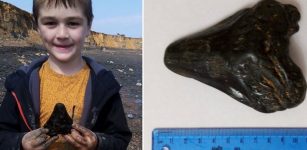 Schoolboy Finds A Huge 3,000,000-Year-Old Megalodon Shark Tooth On British Beach
Archaeology | May 9, 2022
Schoolboy Finds A Huge 3,000,000-Year-Old Megalodon Shark Tooth On British Beach
Archaeology | May 9, 2022 -
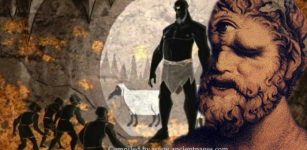 One-Eyed Giant Polyphemus – Most Famous Of The Cyclops In Greek Mythology
Featured Stories | Jan 25, 2018
One-Eyed Giant Polyphemus – Most Famous Of The Cyclops In Greek Mythology
Featured Stories | Jan 25, 2018 -
 Ancient Mystery Of Egypt’s Black Pyramid – Did It Really Exist?
Featured Stories | Nov 28, 2020
Ancient Mystery Of Egypt’s Black Pyramid – Did It Really Exist?
Featured Stories | Nov 28, 2020 -
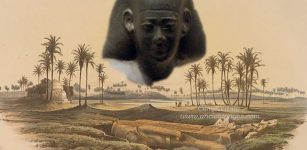 Pharaoh Apries – Was The Betrayed Egyptian King Murdered By His Own People?
Featured Stories | Jun 30, 2021
Pharaoh Apries – Was The Betrayed Egyptian King Murdered By His Own People?
Featured Stories | Jun 30, 2021 -
 Soap Was Invented In 2800 B.C By Babylonians
Ancient History Facts | Jun 17, 2016
Soap Was Invented In 2800 B.C By Babylonians
Ancient History Facts | Jun 17, 2016 -
 Genghis Khan Has 16 Million Relatives – You Could Be One Of Them
Ancient History Facts | Feb 3, 2018
Genghis Khan Has 16 Million Relatives – You Could Be One Of Them
Ancient History Facts | Feb 3, 2018 -
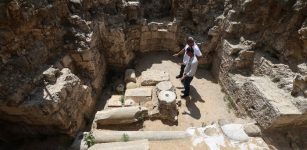 Large Ancient Roman Necropolis Is Buried Beneath The Gaza Strip – Can It And Other Ancient Treasures Be Saved?
Archaeology | Jun 26, 2022
Large Ancient Roman Necropolis Is Buried Beneath The Gaza Strip – Can It And Other Ancient Treasures Be Saved?
Archaeology | Jun 26, 2022 -
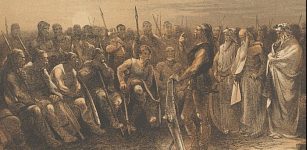 Viking Law And Order Was Based On The Thing System
Ancient History Facts | Aug 21, 2023
Viking Law And Order Was Based On The Thing System
Ancient History Facts | Aug 21, 2023 -
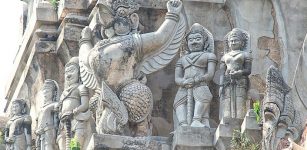 Sacred Bird Garuda And Stealing Of Amrita Drink Of Immortality From The Gods
Featured Stories | Jun 5, 2019
Sacred Bird Garuda And Stealing Of Amrita Drink Of Immortality From The Gods
Featured Stories | Jun 5, 2019




